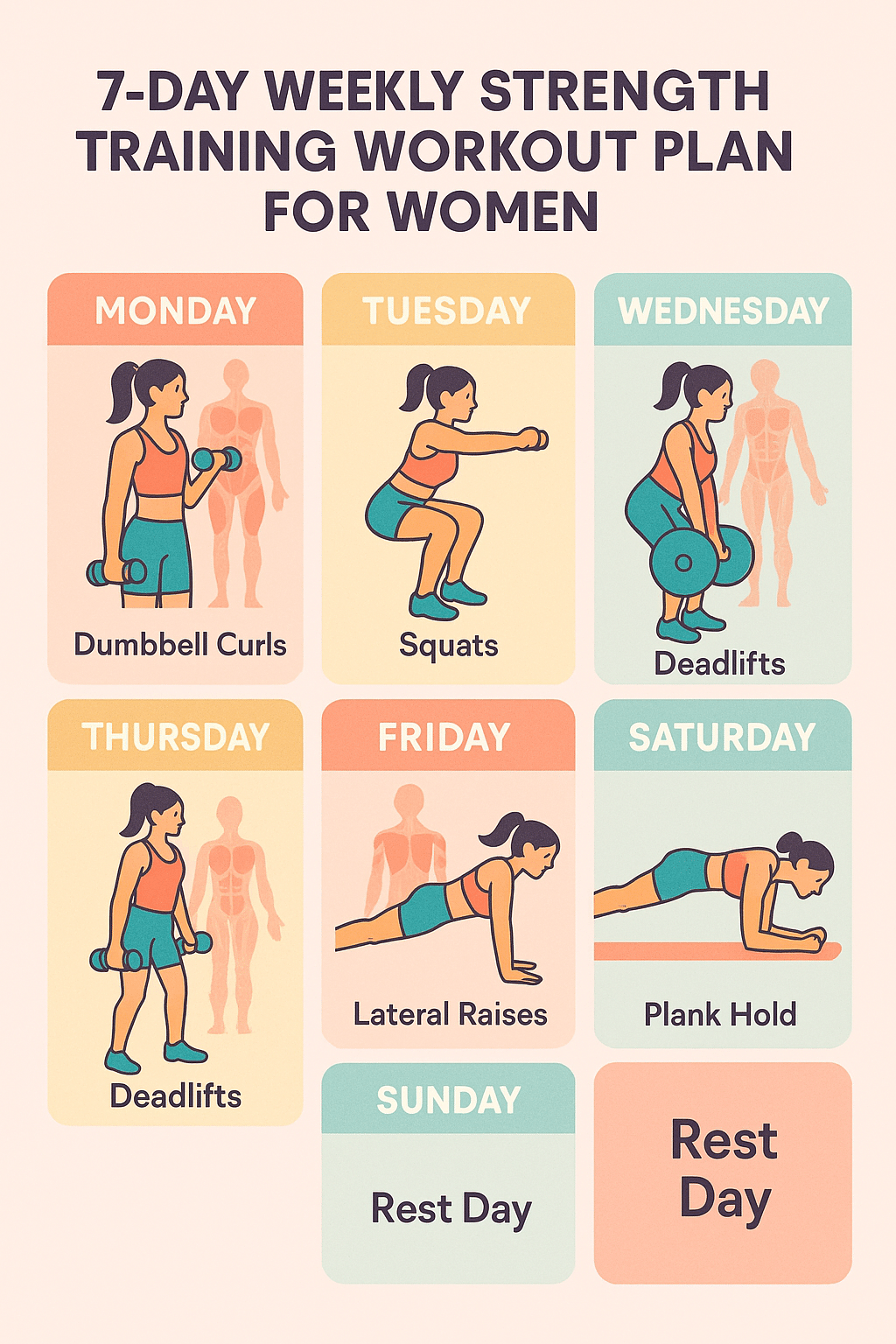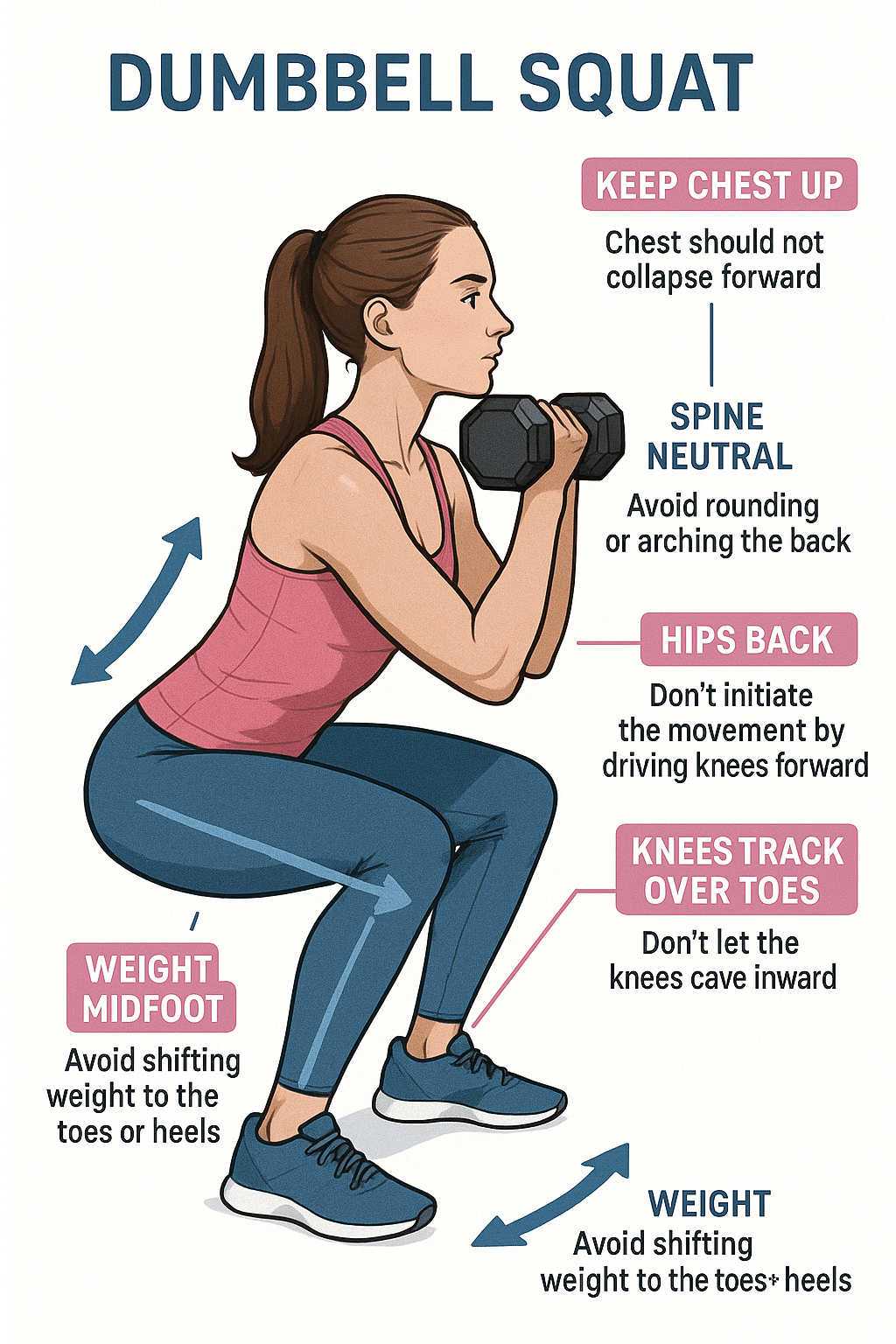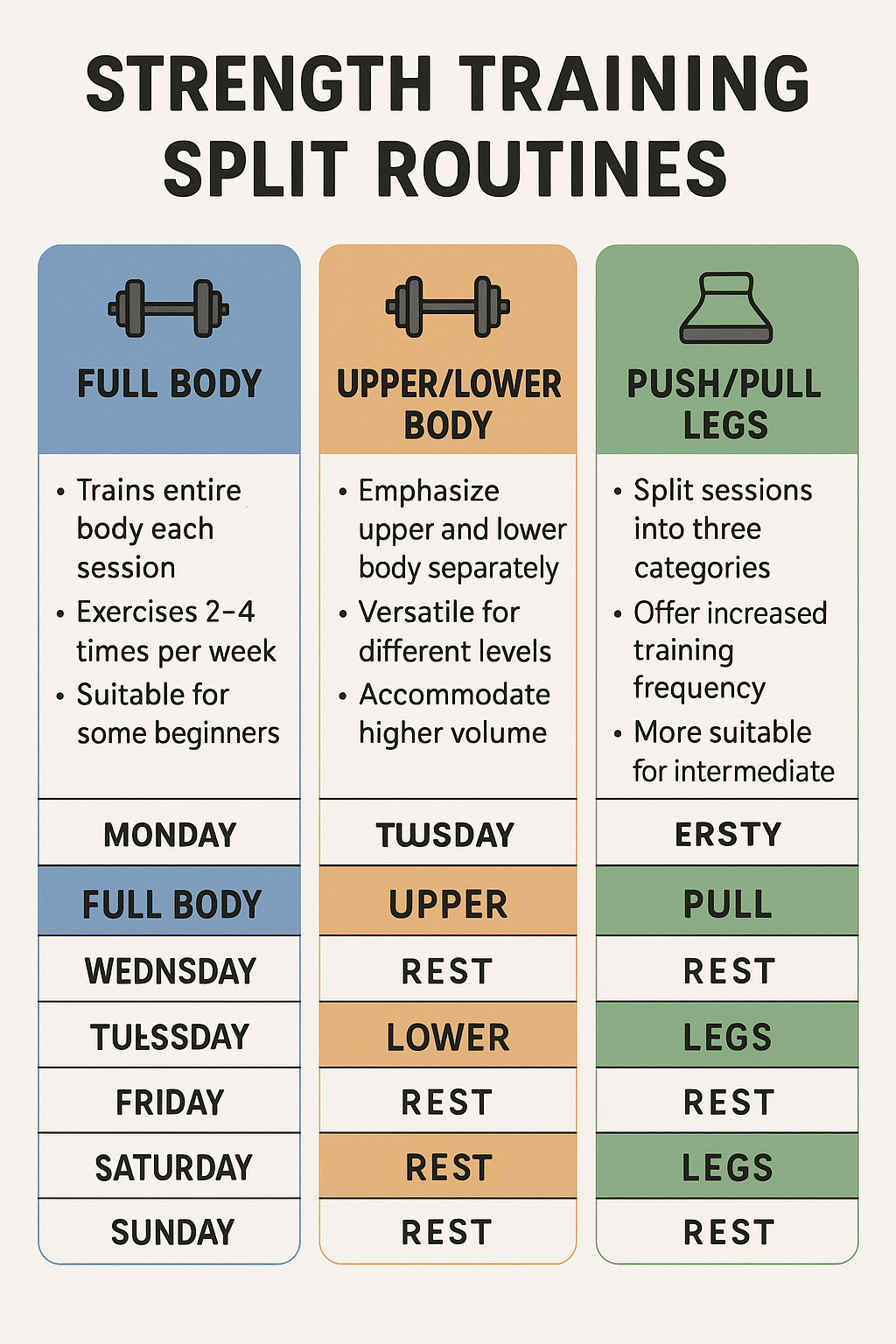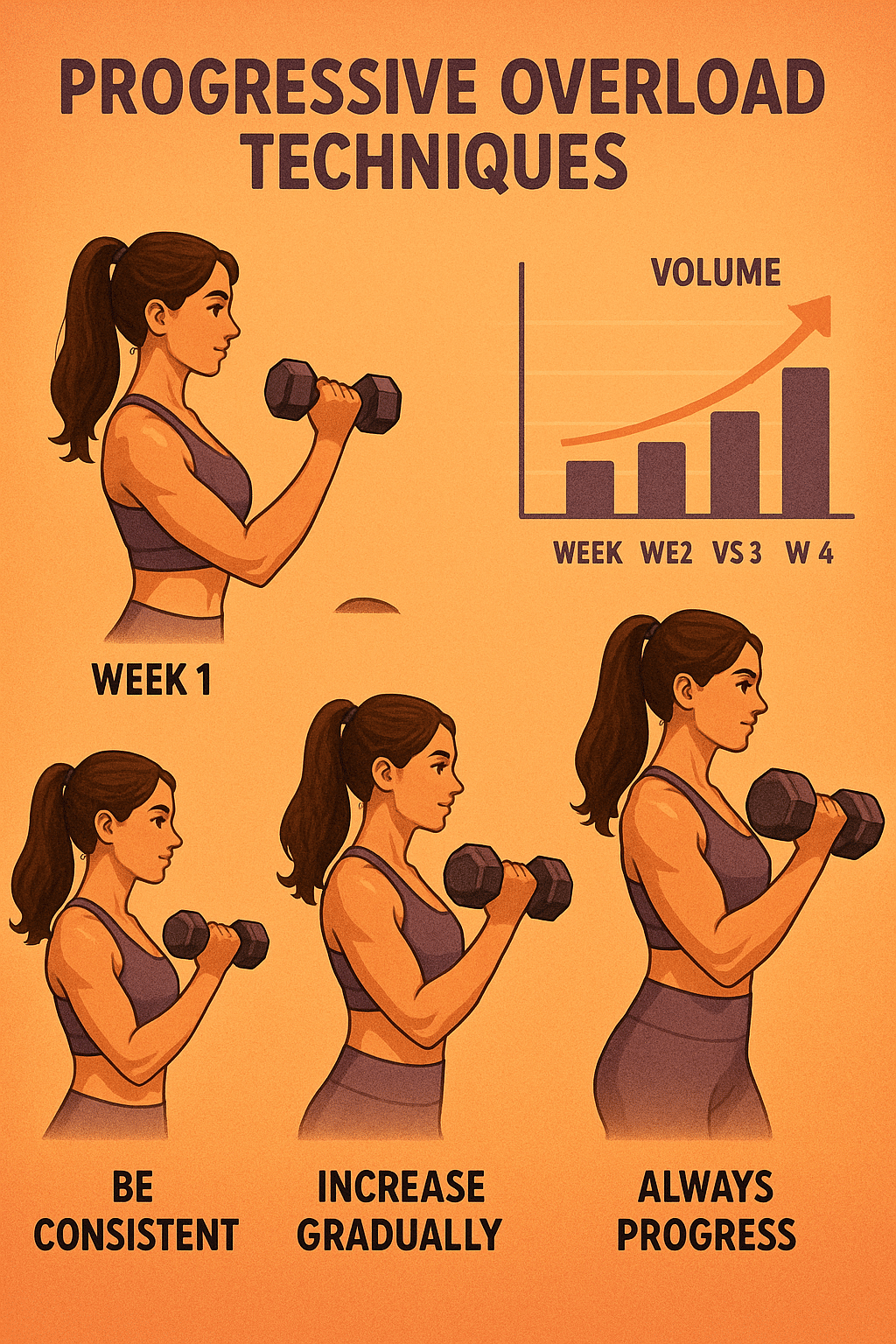Strength training routines for women have gained immense popularity over recent years—and it’s no surprise why. Not only does strength training sculpt your body and boost confidence, but it also provides incredible health benefits, from improving bone density and metabolism to enhancing mental wellness. Whether you’re just starting or looking to fine-tune your regimen, having clear, effective routines tailored to female physiology and goals can transform your fitness journey. In this article, I’ll guide you through five distinct strength training routines for women designed to build power, muscle, and endurance, while highlighting recovery and nutrition strategies.
We’ll dig into physiological adaptations, debunk common myths, and emphasize fundamental training principles such as compound movements, progressive overload, and injury prevention. Along the way, I’ll introduce top-tier equipment like the Bowflex SelectTech 552 Adjustable Dumbbells, Rogue Fitness Echo Barbell, TRX All-in-One Suspension Training Kit, Manduka PRO Yoga Mat, and Fitbit Charge 5, which complement these routines for maximum effectiveness. Finally, I’ll share how to craft your personalized strength training program, leverage technology, and access community support to keep you consistent and motivated.
Let’s dive right in, explore detailed, actionable strength training routines for women, and unlock your full strength-building potential!
Understanding Strength Training for Women

Physiological Adaptations and Benefits
One of the key reasons why strength training routines for women have become increasingly relevant is the multitude of physiological adaptations that occur through consistent strength training. When women engage in resistance workouts, their muscles experience hypertrophy—meaning the muscle fibers increase in size and strength. Importantly, women’s bodies respond uniquely compared to men due to differences in testosterone levels and muscle fiber composition.
Studies show that women generally gain strength faster than they gain muscle size, which makes strength training a powerful tool not just for aesthetics but also for functional fitness. Additionally, lifting weights improves bone mineral density, which is especially crucial in preventing osteoporosis and fractures, particularly as women age. According to the National Osteoporosis Foundation, strength training exercises can increase bone density by around 1-3% per year in targeted regions.
Beyond the physical, strength training supports improved insulin sensitivity, cardiovascular health, and mental well-being by reducing anxiety and depression symptoms. This holistic effect makes strength training a cornerstone of long-term health for women.
Common Myths and Empowering Realities
When introducing strength training routines for women, it’s essential to confront persistent myths that sometimes hold women back from embracing this powerful form of exercise. A few prevalent myths include:
-
Myth: “Lifting weights will make me bulky.” Reality: Women have lower testosterone compared to men, so “bulking up” naturally via weights alone is rare. Instead, weightlifting tends to produce toned and lean muscle definition.
-
Myth: “Cardio is enough for weight loss.” Reality: While cardio burns calories, strength training builds lean muscle, which increases resting metabolic rate, aiding sustainable fat loss over time.
-
Myth: “Strength training is dangerous or leads to injury.” Reality: Proper form and gradual progression minimize injury risk. Strength training can even help prevent injuries by strengthening tendons, ligaments, and joints.
-
Myth: “Only young women benefit from strength training.” Reality: Women over 40 or 50 can see profound benefits in muscle maintenance, balance, and bone health from resistance workouts.
These realities empower women to confidently incorporate strength training routines into their fitness plans, knowing they’re investing in long-lasting health and empowerment.
Key Principles Behind Effective Strength Training Routines for Women

Compound Movements and Muscle Hypertrophy
At the heart of any effective strength training routine for women are compound movements. These exercises recruit multiple muscle groups and joints simultaneously, offering greater strength gains, efficiency, and functional fitness improvements. Examples include squats, deadlifts, bench presses, rows, and overhead presses. Why compound lifts?
- Maximize Muscle Engagement: Compound lifts engage large muscle groups, promoting hypertrophy and strength gains systematically.
- Boost Metabolism: Larger movements burn more calories during and after workouts.
- Functional Transfer: These moves mimic real-life actions, improving balance, posture, and athleticism.
Incorporating compound lifts such as squats and deadlifts into your routine stimulates muscle fibers deeply, producing the best results in muscle size and strength adaptations.
Progressive Overload and Training Periodization
Progressive overload is the principle of gradually increasing the resistance or challenge in your workouts to continue making gains. Whether you’re adding weight, increasing reps, or reducing rest time, progressive overload ensures your muscles don’t plateau. For women, this progression is vital to build strength effectively without stagnation.
Integrating training periodization, or strategically cycling intensity and volume, further optimizes performance and recovery while reducing overtraining risk. For example, an 8-week strength block might start with higher reps and lighter loads and progress to heavier weights with fewer reps. Including deload weeks or active recovery phases helps muscles repair and adapt better.
Proper Form and Injury Prevention
In my experience, the best strength training routines for women stress proper exercise technique above all. Correct form:
- Reduces injury risk
- Ensures the target muscles are activated
- Enhances confidence during lifts
For beginners, investing time in mastering form with lighter weights or bodyweight versions is crucial. Utilizing resources like certified trainers, instructional videos, or apps can support technique refinement. And always listen to your body—sharp pain or joint discomfort can signal form errors or overuse.
Routine 1: 20-Minute Full-Body Strength Workout

Structure and Exercise Selection
Time can be a major barrier, so this first routine shows how you can get a powerful full-body strength workout done in just 20 minutes. It focuses on compound movements using dumbbells for efficiency and muscle engagement.
Sample Workout:
| Exercise | Sets | Reps | Rest |
|---|---|---|---|
| Goblet Squat | 3 | 12 | 30 seconds |
| Dumbbell Row | 3 | 10 each side | 30 seconds |
| Dumbbell Chest Press | 3 | 12 | 30 seconds |
| Dumbbell Deadlift | 3 | 10 | 30 seconds |
| Dumbbell Overhead Press | 3 | 12 | 30 seconds |
| Plank (Bodyweight) | 2 | 30 seconds hold | 30 seconds |
This workout targets legs, back, chest, shoulders, and core with minimal equipment.
Equipment Needed: Incorporating Bowflex SelectTech 552 Adjustable Dumbbells
A fantastic tool to empower this routine is the Bowflex SelectTech 552 Adjustable Dumbbells. These dumbbells replace a full rack, adjustable from 5 to 52.5 pounds in 2.5-pound increments, fitting every training level. Their ergonomic grips ensure comfort, and the compact design saves space—perfect for home gyms.
Through pairing these versatile dumbbells with the JRNY app, you also get guided workouts to maintain variety and motivation.
Optimal Rest Intervals and Recovery Tips
When performing this high-intensity style routine, keep rest intervals short (~30 seconds) to maintain heart rate and metabolic stress for fat loss, but listen to your body—longer rest is okay if form degrades. Post-workout, focus on dynamic stretching and hydration. Incorporate foam rolling to release muscle tension and help recovery.
Routine 2: Upper and Lower Body Split for Muscle Building

Upper Body Focus: Push and Pull Exercises
Splitting your workouts into upper and lower body days allows more focused muscle hypertrophy and recovery. On upper body days, prioritize push and pull movements:
- Push: Dumbbell or barbell bench press, overhead press, tricep dips.
- Pull: Dumbbell rows, pull-ups or assisted pull-ups, bicep curls.
This balanced approach targets chest, back, shoulders, and arms.
Lower Body Focus: Glutes, Hamstrings, and Core Stability
Lower body days focus on muscles critical for power and stability:
- Squats (barbell or dumbbell)
- Romanian deadlifts
- Hip thrusts
- Core stability exercises like planks and dead bugs
This enhances muscle tone, balance, and functional strength.
Using Rogue Fitness Echo Barbell for Progressive Strength
For serious muscle-building, investing in a quality barbell like the Rogue Fitness Echo Barbell ensures you can progressively increase loads safely and effectively. It features a sturdy 28.5MM shaft, ideal knurling for grip, and durability crafted in the USA. With this barbell, compound lifts like squats, deadlifts, and presses simply become more efficient.
Routine 3: Home Strength Training Routine with Minimal Equipment

Bodyweight and Dumbbell Exercises
For those working out at home without a full gym, this routine provides strength gains using bodyweight and simple dumbbells.
Routine includes:
- Push-ups or modified knee push-ups
- Dumbbell goblet squats
- Glute bridges
- Dumbbell rows
- Lunges
- Plank holds
These exercises maintain muscle activation with limited gear.
Utilizing TRX All-in-One Suspension Training Kit
Adding the TRX All-in-One Suspension Training Kit to your home setup expands possibilities immensely without bulky equipment. It leverages your bodyweight for resistance and supports hundreds of exercises targeting all major muscle groups.
The kit is portable and comes with a free trial for the TRX Training Club app, which delivers hundreds of workouts to keep you engaged.
Adapting Intensity and Volume for Beginners to Advanced
Beginners should start with fewer sets, focusing on mastering form. Advanced users can increase load, add tempo changes, or incorporate plyometrics. For example, turning lunges into jump lunges or adding slow negatives on push-ups pulses up intensity safely.
Routine 4: Core and Stability Focused Strength Workouts
Essential Core Movements: Planks, Russian Twists, and Stability Ball Exercises
Core stability is the foundation of strength and injury avoidance. Incorporate movements like:
- Planks: Front, side, and extended planks to target deep muscles.
- Russian Twists: For rotational strength, using bodyweight or a light dumbbell.
- Stability Ball Exercises: Rollouts and leg curls activate additional core stabilizers.
Importance of Core Strength in Overall Performance
Strong core muscles improve posture, balance, and transfer force during compound lifts. They also reduce injury risk in daily activities and other fitness disciplines.
Integration of Manduka PRO Yoga Mat for Mobility and Cooldown
Perform core exercises on a comfortable, non-slip surface like the Manduka PRO Yoga Mat. Its premium cushioning protects joints during floor exercises and supports balance work during mobility flows or cooldown stretches.
Routine 5: Progressive 8-Week Strength Training Plan for Long-Term Gains
Weekly Schedule and Exercise Progression
A structured progressive plan yields consistent strength improvements. A sample weekly outline could be:
| Day | Focus | Exercises | Sets/Reps |
|---|---|---|---|
| Monday | Full-body strength | Squats, bench press, rows | 3-4 sets, 8-12 reps |
| Wednesday | Upper body hypertrophy | Overhead press, pull-ups, curls | 3-4 sets, 10-15 reps |
| Friday | Lower body and core | Deadlifts, lunges, planks | 3-4 sets, 8-12 reps |
| Saturday | Mobility and recovery | Yoga, foam rolling, stretching | 30-60 minutes |
Gradually increase weights and/or reps weekly. Track your progress to ensure sustained overload.
Incorporating Periodization and Rest Days
Periodization involves cycles of intensity. For example, weeks 1-4 build volume with moderate loads; weeks 5-7 ramp up weights at lower reps; week 8 is a deload with lighter weights and greater mobility work. Rest days like Tuesday, Thursday, and Sunday promote recovery and prevent burnout.
Tracking Progress with Fitbit Charge 5 Fitness and Health Tracker
Using gadgets such as the Fitbit Charge 5 helps you monitor heart rate variability, sleep quality, and recovery, providing critical data to adjust training intensity and volume appropriately.
Recovery and Nutrition Strategies to Complement Strength Training
Importance of Rest, Sleep, and Active Recovery
Muscle recovery is as crucial as the workout itself. Aim for 7-9 hours of quality sleep nightly to optimize growth hormone release. Incorporate active recovery days with light activities like walking or swimming, and prioritize rest after intense training sessions.
Nutrition Tips to Support Muscle Repair and Growth
Protein intake is fundamental—the general guideline is 1.2 to 2.0 grams of protein per kilogram of body weight daily for active adults. Include complete proteins from sources like lean meats, eggs, legumes, and dairy. Also, hydrate adequately and prioritize nutrient-dense carbs and healthy fats to fuel workouts and replenish glycogen stores.
Mobility and Flexibility Practices
Regular mobility drills and stretching (dynamic before workouts, static post-workout) improve range of motion, reduce soreness, and facilitate efficient movement patterns, decreasing injury risks during strength training.
Crafting Your Personalized Strength Training Program
Assessing Fitness Level and Goals
Be honest with your current fitness state and aspirations—be it fat loss, muscle building, or functional strength. This helps determine your ideal routine intensity, frequency, and volume.
Mixing and Matching Routines for Variety and Balance
Combining elements from the routines above prevents boredom and plateaus. For example, a beginner might start with the 20-minute full-body workout twice a week and gradually add the home routine with TRX or the upper/lower split as fitness improves.
Avoiding Plateaus and Sustaining Motivation
Change your sets, reps, or weighting scheme every 4-6 weeks to overcome plateaus. Track progress with apps or journals, celebrate milestones, and lean on community support for motivation.
Unique Perspective: Leveraging Smart Gear and Community Support for Consistent Results
How Technology Enhances Workout Effectiveness and Recovery
Wearable tech like Fitbit Charge 5 provides real-time feedback on heart rate variability, recovery status, and sleep quality, empowering smarter training decisions. Apps bundled with equipment like Bowflex dumbbells and TRX add structure, tutorials, and adaptive programming.
The Role of Online Communities and Programs Like Caroline Circuits
Joining online fitness communities, such as Facebook groups or subscription programs like Caroline Circuits, fosters accountability and encouragement. Access to expert coaching, workout challenges, and group motivation extends beyond individual effort.
Creating Accountability and Sharing Progress
Documenting your strength training journey on social media, with friends, or in journals cultivates consistent habits. Sharing progress invites support, tips, and inspiration, propelling results further.
Quick Takeaways / Key Points
- Strength training routines for women increase muscle strength, bone health, and metabolic rate.
- Compound exercises and progressive overload are core principles for effective training.
- Adjustable equipment like Bowflex dumbbells and Rogue barbells enhance home workouts.
- Incorporating recovery, nutrition, and mobility maximizes muscle growth and injury prevention.
- Leveraging technology such as Fitbit trackers and suspension kits adds versatility and tracking.
- Structured plans like an 8-week progression prevent plateaus and foster steady gains.
- Community support and accountability maintain motivation for long-term success.
FAQs
Q1: What is the best beginner strength training routine for women at home?
A1: Start with a full-body dumbbell workout using adjustable weights like the Bowflex SelectTech 552. Focus on compound movements (squats, rows, presses) performed 2-3 times per week with 2-3 sets of 10-12 reps. Add rest days and mobility exercises for balance.
Q2: How often should women perform strength training sessions?
A2: Generally, 3-4 sessions per week spaced out for recovery offer an optimal balance of volume and rest. An upper/lower body split or full-body routine suits most schedules, depending on goals.
Q3: Can strength training help with fat loss for women?
A3: Absolutely! Strength training boosts lean muscle mass, which elevates resting metabolic rate, aiding fat loss. Combining strength training with proper nutrition and cardio yields superior body composition benefits.
Q4: How important is proper recovery after strength workouts?
A4: Critical. Without adequate rest, nutrition, and sleep, muscle repair and growth are compromised, raising injury risk and plateauing progress. Active recovery and mobility work further enhance outcomes.
Q5: What role does technology play in enhancing strength training routines for women?
A5: Devices like the Fitbit Charge 5 track biometric data, guide training intensity, and monitor recovery. Apps linked with equipment provide workout variety, form coaching, and progress tracking, making workouts safer and more efficient.
Conclusion
Embarking on strength training routines for women is one of the most rewarding decisions you can make for your health, fitness, and confidence. These five detailed, effective routines cover every level—from quick, no-nonsense full-body sessions to comprehensive 8-week progressive programs—that can be tailored to your unique goals and lifestyle. By focusing on compound movements, progressive overload, and form, paired with recovery strategies and smart gear like Bowflex adjustable dumbbells, Rogue barbells, TRX suspension kits, Manduka yoga mats, and Fitbit trackers, you set yourself up for consistent, sustainable gains.
Remember, strength training isn’t just about the physical; it’s a transformative journey that empowers you holistically. Don’t hesitate to leverage technology, community programs, and expert resources to stay motivated and educated. I challenge you to pick one routine today, prioritize your recovery and nutrition, and step confidently into your power. Your stronger, healthier self awaits!
Ready to start? Grab your equipment, plan your workouts, and embrace the powerful potential of strength training routines for women—you’ll thank yourself later.

